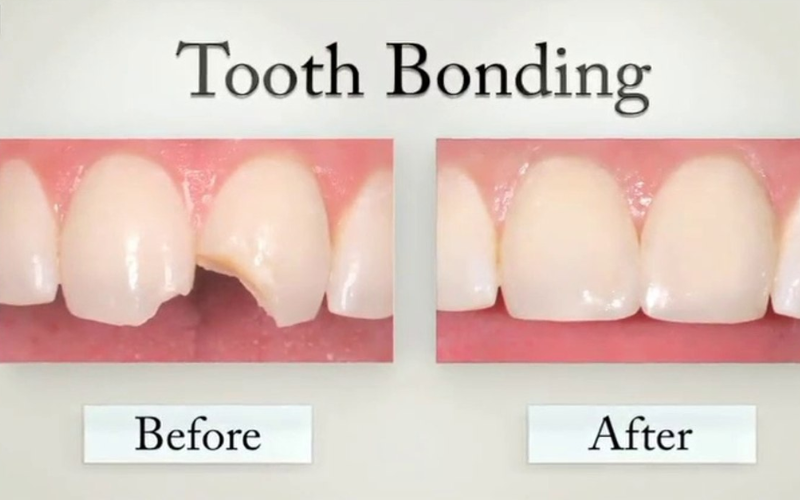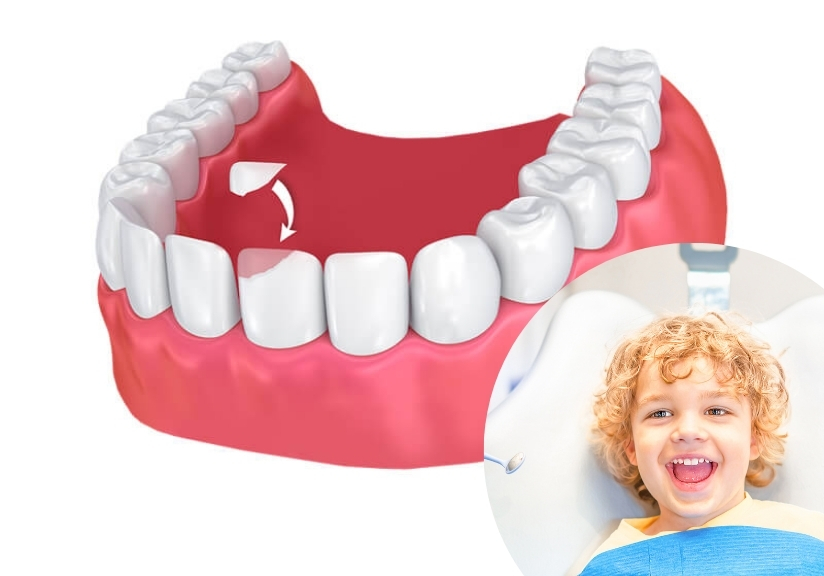4221 Vista Road, Pasadena, TX 77504
Dental Bonding For Children: Safe & Effective Way for Young Smiles

Dental Bonding For Children: Safe & Effective Way for Young Smiles
As children grow, their teeth undergo many changes. Sometimes, accidents, decay, or cosmetic issues can impact the appearance or structure of their teeth. Dental bonding provides a simple, safe, and effective solution for many of these concerns. For parents looking for a non-invasive way to enhance their child’s smile, dental bonding is often an ideal choice.
This blog post will discuss the benefits of dental bonding for kids as a secure and efficient method of maintaining or repairing baby teeth. This process provides minimum discomfort for the youngster and produces long-lasting benefits, whether it is for filling tooth gaps or mending chips in teeth.
What’s a Bonding Procedure?
Dental bonding is a procedure in which a tooth-colored resin is applied to the surface of the tooth and then hardened with a special light to bond it to the tooth. The result is a natural-looking improvement to the tooth’s appearance. Dental bonding is commonly used for:
- Chipped or cracked teeth: Children are often active, which can lead to accidental injuries. Bonding can repair chips or cracks in teeth seamlessly.
- Discolored teeth: Whether due to decay, injury, or certain medications, discoloration can affect a child’s smile. Bonding can cover stained teeth, restoring their natural look.
- Misshapen teeth: Some children have teeth that are irregular in shape. Bonding can smooth and reshape teeth to improve their appearance.
- Gaps between teeth: For children with noticeable gaps, bonding can be used to close spaces, creating a more uniform smile.
Is It Safe for Children?
Yes, dental bonding is considered a safe procedure for children. The material used is biocompatible and poses no risk to their health. Since the procedure is non-invasive, it doesn’t require anesthesia unless the bonding is being used to fill a cavity. For purely cosmetic purposes, there’s no pain involved, and it can be completed in one visit.
Benefits of Dental Bonding for Kids
Dental bonding offers several benefits that make it an excellent choice for young patients:
- Minimally invasive: Unlike other procedures like crowns or veneers, bonding doesn’t require significant alteration to the natural tooth. This makes it a gentler option for children.
- Quick and easy: The process is straightforward and can usually be completed in one appointment, making it convenient for busy families.
- Cost-effective: Bonding is typically less expensive than other restorative or cosmetic dental treatments.
- Aesthetic improvement: It can significantly improve the appearance of your child’s smile, boosting their confidence.
When Is This Treatment Recommended?
Dentists recommend dental bonding in situations where a child’s tooth needs structural or cosmetic repair. Some common scenarios include:
- After an accident: If your child chips or fractures a tooth during play or sports, bonding can restore the tooth’s appearance and function.
- For cavities: When a cavity is small and caught early, bonding can be used to fill the cavity with a tooth-colored material, preventing further decay.
- To correct uneven or small teeth: For children with minor imperfections, dental bonding can help enhance the overall look of their smile.
How Does The Dental Bonding Procedure Work?
The bonding process is relatively simple and involves the following steps:
- Preparation: The Pasadena dentist will select a resin color that matches your child’s natural teeth for a seamless look. The tooth’s surface will be roughened slightly to help the bonding material adhere better.
- Application: The resin is applied to the tooth and molded into the desired shape.
- Curing: A special light is used to harden the resin, bonding it to the tooth.
- Polishing: Once hardened, the dentist will polish the tooth to match the rest of the smile.
How Long Does It Last?
Dental bonding can last several years with proper care. While not as durable as crowns or fillings, bonding is a durable and resilient option for children. Regular dental check-ups and good oral hygiene are essential to prolong the life of the bonded tooth.
Caring for Bonded Smiles!
Although dental bonding is strong, it’s essential to teach your child to care for their bonded teeth. Here are some tips:
- Avoid biting hard objects: Bonding material isn’t as strong as natural teeth. Encourage your child not to bite into ice, pens, or other hard objects.
- Maintain good oral hygiene: Brushing twice daily and flossing daily helps prevent cavities and keep the bonded teeth healthy.
- Regular dental check-ups: Your dentist can monitor the condition of the bonding and make any necessary adjustments.
Dental bonding is a safe, effective, and minimally invasive way to improve the appearance of your child’s teeth. Whether it’s fixing chips, closing gaps, or enhancing the color and shape of teeth, bonding provides a solution that can last for years with proper care.
If you’re concerned about your child’s smile, consult with our dental team to see if dental bonding might be the right option for them. Enhancing young smiles with bonding can be a simple, stress-free process, giving your child the confidence to smile brighter!

